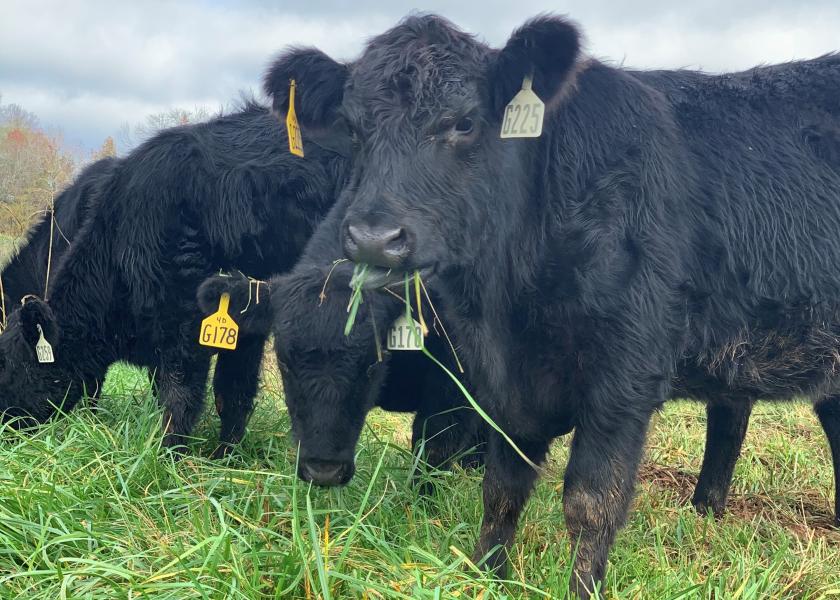'Sacrifice Pastures' Spare Best Cattle Grazing Pastures

So-called “sacrifice pastures” might be needed to help promote forage production the rest of this cattle grazing season, according to Patrick Davis, a University of Missouri Extension livestock specialist based in Stockton.
“Cattle producers welcome the rain, but it leads to muddy pastures, and with limited forage resources following the drought, proper management is needed for optimum grazing the rest of the year,” says Davis.
“The drought has led to thin pasture stands, so cattle producers need to evaluate their pastures, find those thin stands that need renovation and consider using those pastures as sacrifice pastures,” he says. Davis urges consultation with local MU Extension agronomy specialists to grade pastures and help make decisions on the pastures that need to be renovated.
“Move cattle to sacrifice pastures for hay feeding until cool-season grass pastures are at proper grazing height, which is approximately 4-6 inches,” he says. This helps supply fertility in the form of manure and hay in these areas, which helps in the renovation process. This strategy also reduces the destruction of good pastures, which could affect their productivity throughout the grazing season.
“Proper seeding and management of sacrifice pastures is important to promote grass growth so those pastures can be brought back into the grazing system,” he says. Davis urges cattle producers to consult MU Extension agronomy specialists as well as the MU Extension guides “Establishing Forages” (www.extension.missouri.edu/g4650(opens in new window)) and “Seeding Rates, Dates and Depths for Common Missouri Forages” (www.extension.missouri.edu/g4652(opens in new window)) when making plans to reseed sacrifice pastures.
“Forage management is key to profitably of your cattle operation,” he says.







